Welcome to Santa Teresa Farm

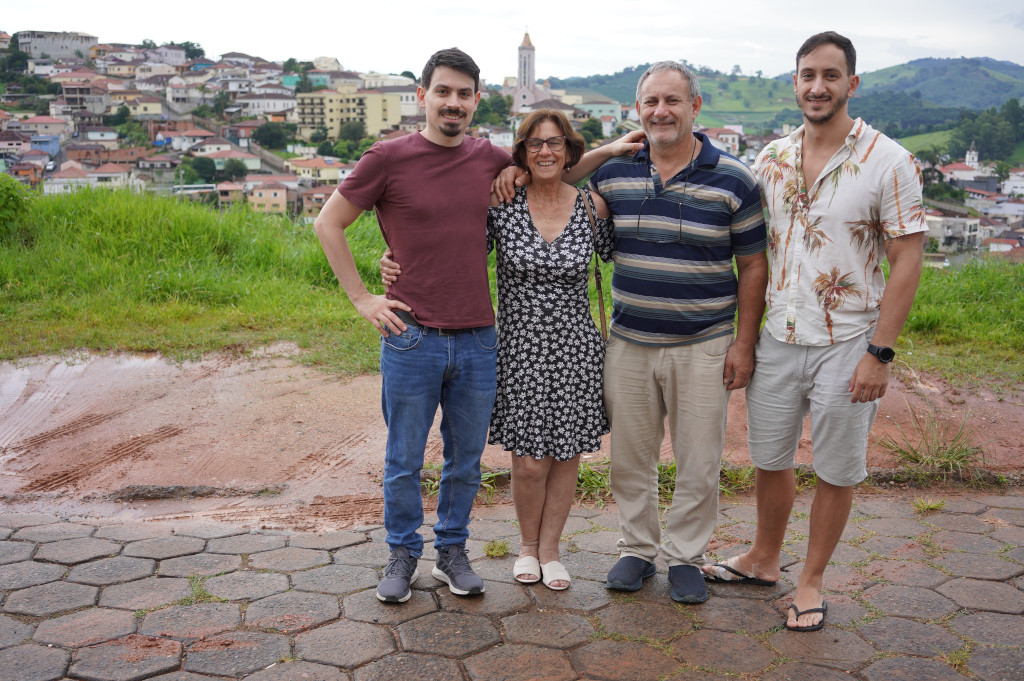

Santa Teresa Farm, by Isley & Magui
Location: Pedralva, Minas Gerais, Brazil.
Altitude: 1100 meters above sea level.
Varieties: Yellow and Red Catuaí.
Process: Washed and dry pulping.
Years of experience come into play to make the best out of each coffee bean, and in that regard, coffee tradition is in the family as far as they can tell about their past – Isley de Alencar is a 3rd generation family-run coffee producer of small scale.
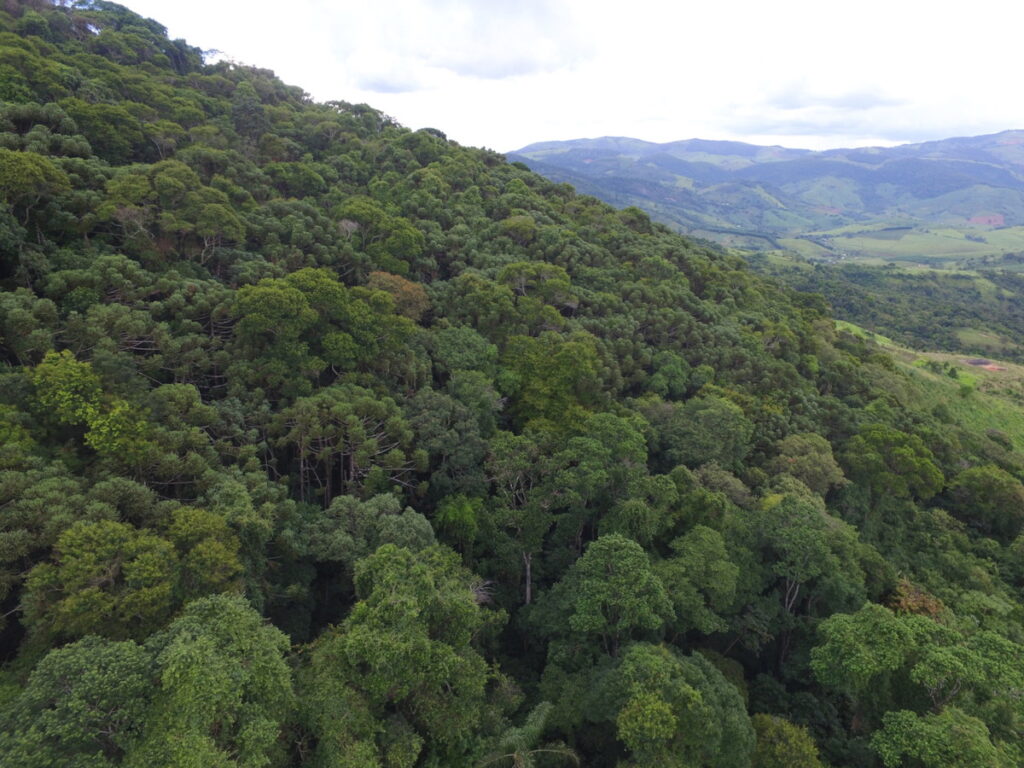
Santa Teresa is surrounded by a deep native forest from which wild bees comes to pollinate the coffee trees thus resulting in a productive and specially flavored harvest.
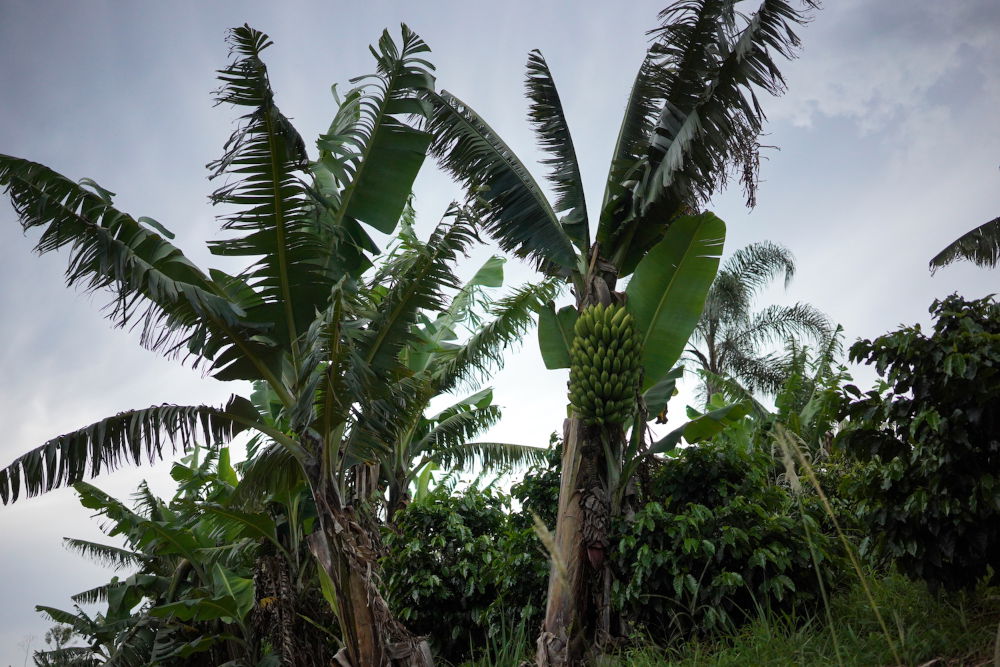
Banana trees are planted intertwined with the coffee trees, providing natural shade conditions that optimizes the amount of sun light reaching the coffee tree, as well as taking care of the environment, keeping the local biodiversity and birds habitat healthy.
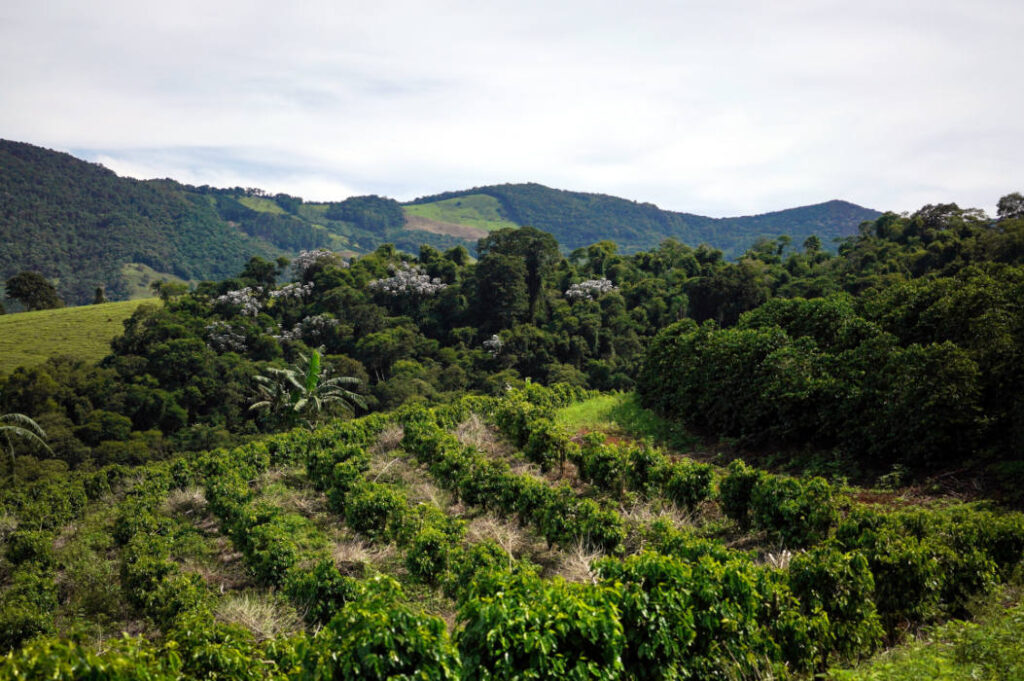
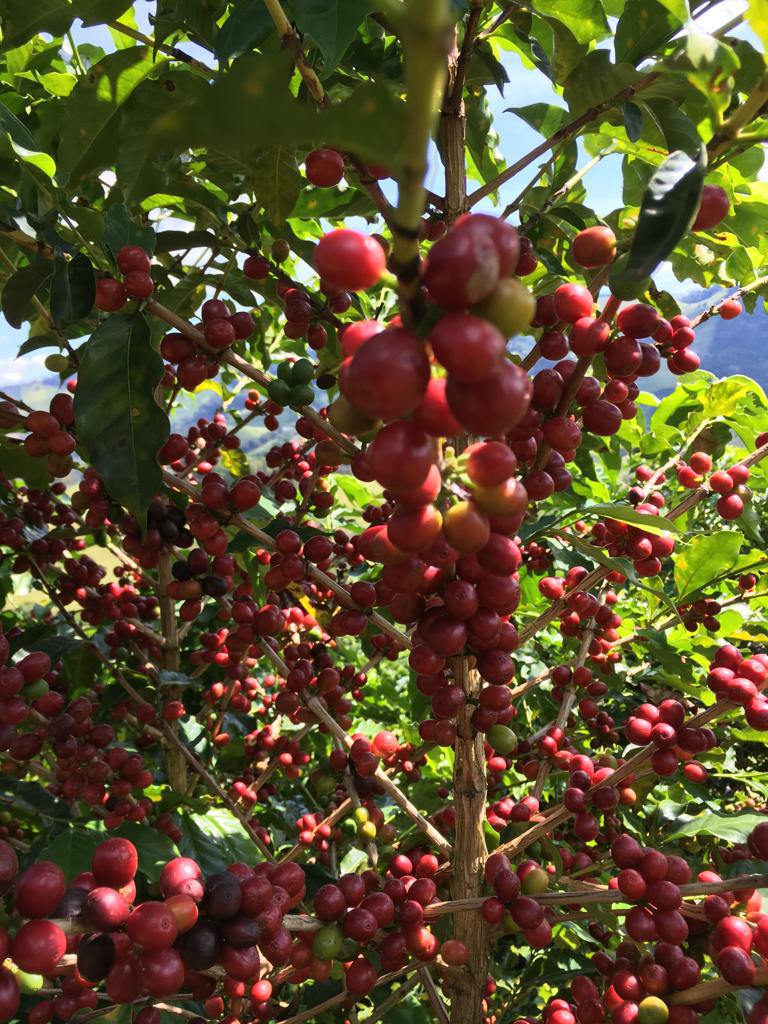
Red Catuaí cherries
Picture of Red Catuaí cherries taken from 2018’s harvest (photo shot in April).
Did you know? Some coffee trees are as old as 100 years, and still produces great coffee!
A coffee tree typically takes a few years to become productive and start yielding a significant amount of coffee cherries. It only reaches its usual productivity after being around 4 to 5 years old.
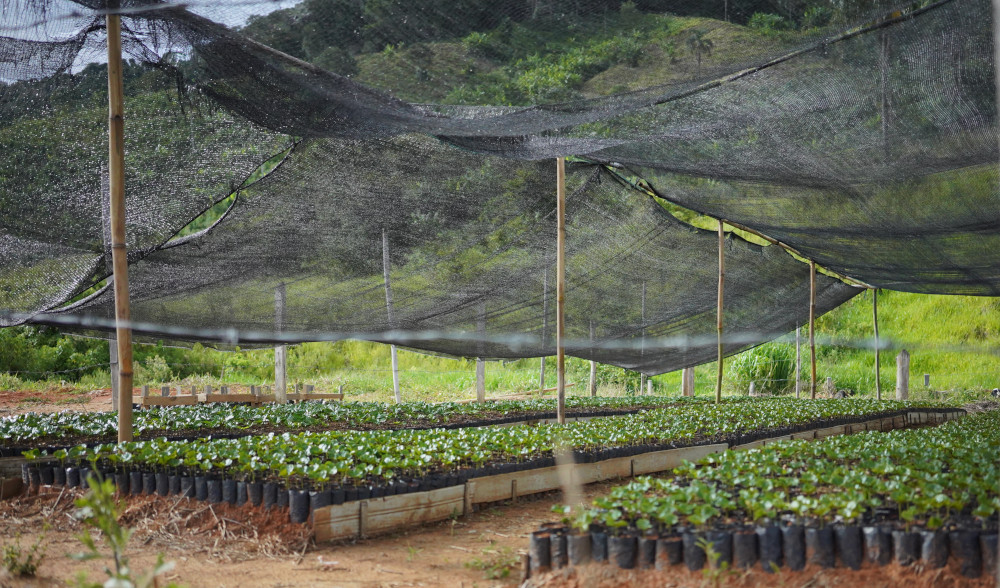
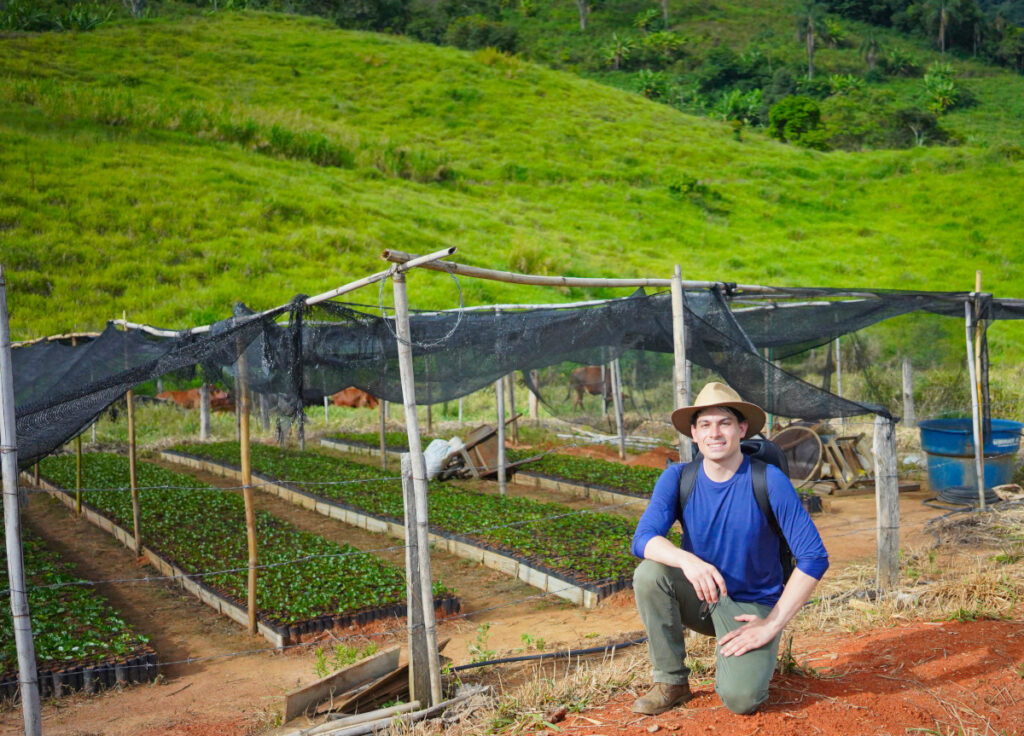
Preparation of new coffee trees in 2019, between seeding and transplanting stage.
Coffee trees are very delicate and may unfortunately die, due weather, diseases, and many other factors. Farmers takes great risks, and this stage is one of them. It is common to plant new trees from time to time to replenish production. When you really learn about all the work involved in maintaining a coffee field, it is impossible not to recognise the passion and dedication required.
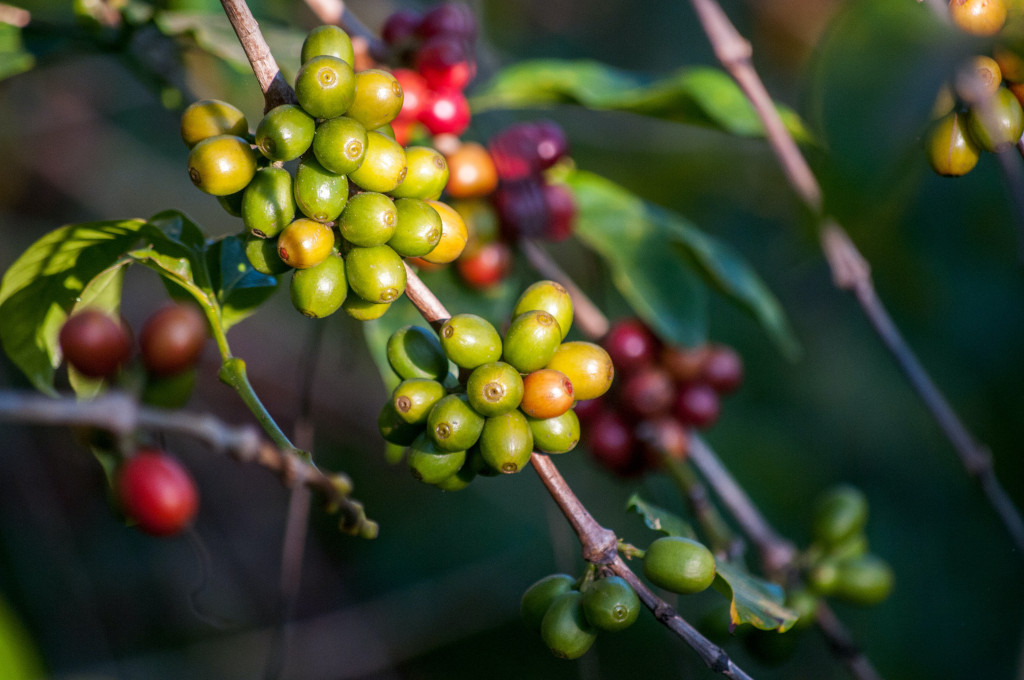
Coffee tree life
While coffee trees start producing fruit after a few years, their yield and quality continue to improve as they mature. Coffee farmers often wait until the trees reach their peak productivity before expecting significant harvests.
- Seedling stage: Coffee trees are often grown from seeds, which are planted in nurseries. During this stage, the seedlings require care and protection from harsh weather conditions. It usually takes around 3 to 4 months for the seedlings to grow into saplings and be ready for transplanting.
- Transplanting stage: The saplings are then transplanted to their permanent location in the field or plantation. This typically occurs when the saplings are about 8 to 12 months old, depending on their growth and local conditions.
- Vegetative growth: After transplanting, the coffee trees focus on establishing a robust root system and growing taller and wider. This growth phase can last for about 2 to 4 years, during which the tree develops branches and leaves. Pruning and proper management practices during this period help shape the tree’s structure and encourage healthy growth.
- Flowering and fruiting: Coffee trees typically start flowering after the vegetative growth stage. Flowers are delicate, white, and have a sweet fragrance. After successful pollination, these flowers develop into small green coffee cherries. It takes approximately 9 to 11 months from the time of flowering for the cherries to ripen and become ready for harvest.
- Productivity: Coffee trees gradually increase their productivity as they mature. Generally, the highest productivity is reached when the tree is around 4 to 5 years old, although it can vary depending on factors such as the coffee variety, climate, and management practices.
Subscribe to our newsletter
Be notified when new coffee batches are available.
By subscribing you accept our privacy policy. Your e-mail address is only used to send you our newsletter and information about the activities of Barterfly Coffee Shop. You can always use the unsubscribe link included in the newsletter.
